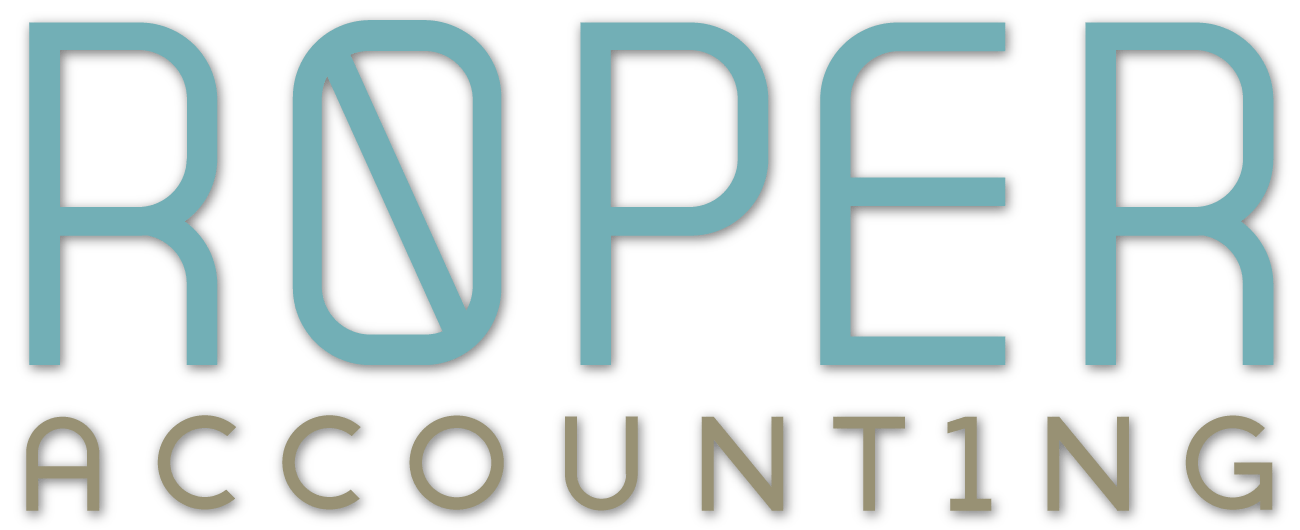Understanding your Chart of Accounts is key to creating accurate financials statements. Your Chart of Accounts is a complete list of the ledger accounts you will use to record transactions for your business. A transaction occurs whenever you have money coming in or out of your business and your chart of accounts helps to track each transaction. There are five (5) categories of ledger accounts you will use: assets (what you own), liabilities (what you owe), equities (your net worth), income (your sales), and expenses. While a Chart of Accounts for different businesses may be very similar, your Chart of Accounts for your business should be customized to the specific accounts you need for your industry. Here is another article that explains it further: https://bench.co/blog/accounting/chart-of-accounts
Asset accounts are ledger accounts that represent what you own. They include:
- Current assets: What you have in your bank accounts (checking and savings), what people owe you (accounts receivable or A/R), inventory
- Fixed assets: Equipment, vehicles, hardware and software, land, and accumulated depreciation
Liabilities are ledger accounts that represent what you owe. They include:
- Current liabilities: What you owe that you will pay in one year or less – what you owe vendors (accounts payable or A/P), short term loans (outstanding principle balance), credit cards (unpaid balance), sales tax and payroll taxes you owe but have not yet paid
- Long-term liabilities: What you owe that will be paid over multiple years – the outstanding balance for bank loans, mortgage loans, etc. Loans from Shareholder would also be a long-term liability account (if your business structure is a corporation).
Equity accounts represent the net worth of your business. Equity accounts vary based on your business structure.
For a Sole Proprietorship, your equity accounts would include Owner’s Investment (money you personally invest in your own business), Owner’s Draw (money you pay yourself), and Retained Earnings (your cumulated profits or losses in your business from day one – NOT cash).
For a Limited Liability Company (LLC), your equity accounts would include Member’s Investment (money you personally invest in your own business), Member’s Draw (money you pay yourself), and Retained Earnings (your cumulated profits or losses in your business from day one – NOT cash). In a multi-member LLC, you would have a Member Investment and Member Draw account for each owner. Click here for more information from the IRS: https://www.irs.gov/businesses/small-businesses-self-employed/limited-liability-company-llc
For a Corporation, your equity accounts would include a Capital Stock Account (to record the initial stock sold when the corporation was formed), Dividends Paid, and Profit Distribution (for an S Corp only to record the owner’s share of profits taken out of the company).

Income accounts represent the revenue you get from the sale of your product or service. You can have multiple income accounts in your chart of accounts to track the various sources of revenue you have in your business.
Expense accounts represent the general categories of expense you have in your business. You may want to break your expenses into two types: direct expenses (expenses directly related to the sale of your product or service – referred to as cost of goods sold or cost of sales accounts – i.e. materials and labor) and indirect expenses (overhead expenses that you incur not related to sales – i.e. marketing, rent, utilities, insurance, etc.).
When preparing your financial statements, income and expenses show on your Profit & Loss Statement. Assets, liabilities, and equity accounts show on your Balance Sheet.
At Roper Accounting Group, Maribeth and the team are here to help you make this process easier for your small business. 919-844-6111
Related Articles:
Cyber Security for Your Small Business
6 Tips to Prevent Fraud in Your Business


